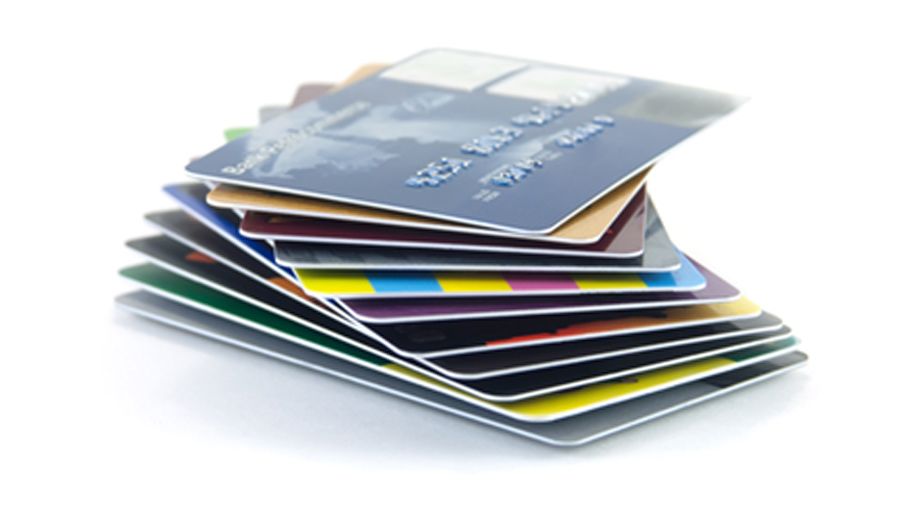How to 'status match' your Platinum or Gold frequent flyer card to a new airline

When George Clooney was criss-crossing America at 40,000 feet in Up In The Air he wasn't just clocking up a mountain of frequent flyer miles.
His character, Ryan Bingham, was also amassing a far more valuable coin of the corporate travel realm: a currency known as status that is the real goal of all frequent flyers.
Carrying that Platinum or Gold airline card in your pocket is your passport to perks such as using the business class or first class check-in desk and boarding lanes, even when you're in economy; access to the best lounges, and – at least in theory – faster delivery of checked bags onto the luggage belt.
And there's the increased chance of a free upgrade.
You can even earn far more frequent flyer points on any given flight courtesy of a "status bonus".
But while frequent flyer points can be earned by shopping with your credit card or at an airline's retail partners, status is earned only when you fly and comes in the shape of status credits, tier miles, tier points or similar names.
(Of course, status isn't restricted to airlines. Hotel chains also offer status based on your number of stays, with rewards such as room upgrades, late checkout and free internet. Car hire firms also run similar schemes.)
Get status for gratis
Fortunately, the getting of status doesn't have to mean flying thousands of bum-numbing miles. As with so much else in the world of travel, there are some canny shortcuts to climbing the status ladder.
First up: watch out for free status promotions. These are sometimes offered by airlines as part of a membership drive to attract new frequent flyers.
There's no actual flying involved: you just sign up online for that airline's program and you're automatically granted some form of elite status.
You'll hear about these on Twitter or through travel news and frequent flyer websites, but be ready to act quickly.
These offers are often over-subscribed within a short period of time. It's not unknown for airlines to pull down the shutters on a particularly appealing offer once word gets out and a million frequent flyers suddenly sign up.
It doesn't matter if you never intend to fly that airline, because your newly-minted status is fuel for a clever game called the status match.
(It's also handy if the airline belongs to one of the large alliance families such as OneWorld, Star Alliance or SkyTeam, because other airlines in that family will honour your status.)
Some airline frequent flyer programs even offer free status with a hotel chain or car hire company.
For example, Virgin Australia Velocity Platinum and Gold members can choose between equivalent top-tier status with the Hilton Hhonors or Intercontinental Priority Club schemes. These can be used to status match against other hotel reward programs.
A status match made in heaven
Under a status match deal, one airline will upgrade your status in their frequent flyer program because you hold the equivalent level of membership at a competing airline.
In most cases you simply need to email Airline A with a digital photo or scan of your Gold or Platinum card from Airline B, or your most recent activity statement.
Even if have no plans to fly with Airline A it's good practice to follow the Boy Scout rule and always be prepared – you never know when you might end up booked on them or one of their partners.
A good starting point is to use the Aegean Airlines frequent flyer shortcut to fast-track your way to Gold with Star Alliance, so you've got at least one top tier card at the ready for any status match offer.
If you're planning a fair amount of flying in the States, US-based airlines often have status match 'challenges' where you get a period of matched status and have to fly a certain amount during that period.
They're arguably less useful than status-matching to a Oneworld, Star Alliance or SkyTeam partner airline that gives you equivalent benefits without requiring you to do any further flying.
It never hurts to ask...
Many airlines will grant a status match on a case-by-case basis if you approach them directly – especially if you make a persuasive case that as a frequent flyer you're a really good catch based on how often you travel, what your future travel plans are (you can point to an emerging pattern of travel on that airline) and if you make travel decisions for your company or clients.
Start with some online sleuthing. Search for "(the airline you want) status match", tossing in terms like "gold", "platinum", the name of your existing airline, and so on. You may uncover some great tips buried among the noise of the internet.
Ring the airline's frequent flyer call centre and try to get a specific person or status match email address to send your request to. This makes follow-up easier than sending it to a generic email address.
If you get a "sorry, we don't do status matches" answer, try calling back later to catch a different operator – you may also get a different and more positive answer. (We call this the "call centre bingo" approach, and it doesn't just work for status matching!)
It also helps to show that you're status-savvy by knowing that airline's equivalent tier to your current rating.
Lead in with a phrase like "As I understand it, my UltraDiamond status with Swank Airline is the equivalent of your Unobtanium tier".
Don't bother trying to status match to an airline which partners with your existing airline, such as Qantas and American Airlines.
Rival airlines are usually up for a bit of frequent flyer poaching, such as Qantas to Virgin Australia or Air New Zealand.
Prove your worth
When hitting up an airline for a status match you're best off starting off by explaining how valuable a customer you are.
Consider answering some questions the airline will have about you:
- how frequently do you travel – and how many high-tier loyalty cards do you have?
- have you heard good things about the airline from colleagues?
- has your company just won a contract taking you to the new airline's hub airport?
- what are your travel plans for the next year (and can you point them to an emerging pattern of travel on their own flights?)
- do you make the travel decisions – and especially airline decisions – for your company or clients?
As a rule, you'll need to provide a scan of your card and a copy of your most recent account statement. Reiterate your usefulness and value to them as a customer when you send this in – it certainly can't hurt.
Additional reporting by John Walton
Follow Australian Business Traveller on Twitter: we're AusBT

Hi Guest, join in the discussion on How to 'status match' your Platinum or Gold frequent flyer card to a new airline